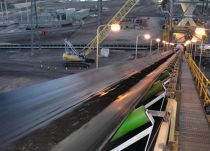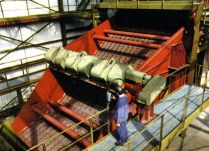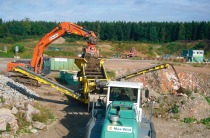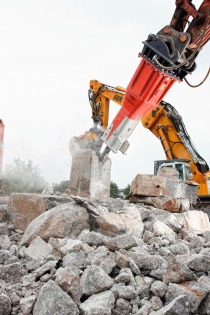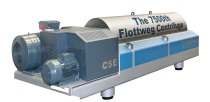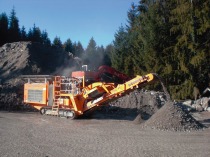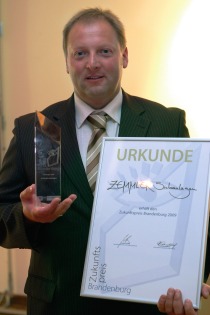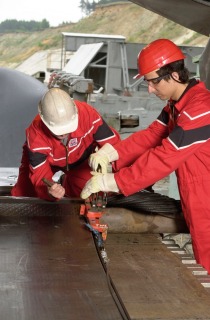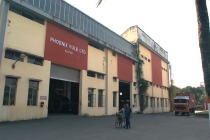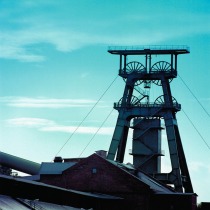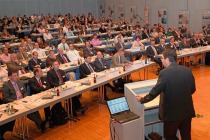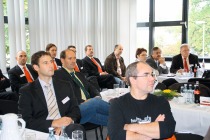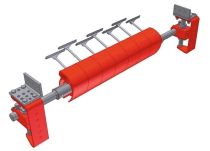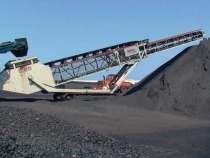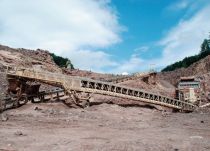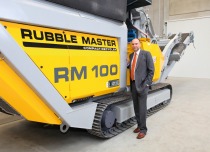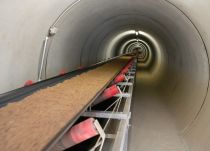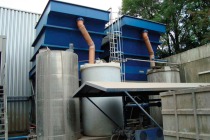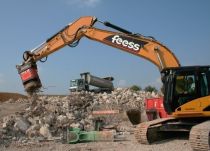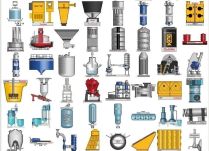K aarst GmbH & Co. KG, a joint company of Amand Beteiligungs GmbH & Co. KG and Rheinische Baustoffwerke GmbH, has set up a new gravel works on a former gravel extraction site west of the A 57 motorway, near the Kaarst motorway intersection in Germany. The associated raw material deposit lies east of the A57 (Fig. 1) . To develop this deposit, the shortest but also the most environmentally friendly transport route proved to be a tunnel under the motorway with a pipe duct and a conveyor. High-performance reinforced concrete pipes were used for construction of the tunnel. The conveyor transports the raw gravel from the extraction site to the gravel processing plant (Fig. 2) . The conveying rate reaches up to 300 t/h. For construction of the around 100-m-long tunnel, it was necessary to undercut the existing noise protection embankment at the old site and the motorway running parallel to it. According to soil analyses, the area around the noise protection embankment is not suitable for pipe jacking. Furthermore, motorway traffic was not to be disturbed by cut- and cover construction. Motorway closures were not possible on account of the heavy traffic. The following procedure resulted: first the noise protection embankment had to be removed and the tunnel section constructed in an open pit. This was followed by re-profiling of the embankment. Finally, the tunnel under the motorway was constructed by means of pipe jacking. After consideration of the technical conditions, a west-to-east direction was chosen for tunnelling. DW Betonrohre GmbH was awarded the contract for producing the high-performance reinforced concrete pipes with DN/DA 2 800/3 400 mm and a construction length of 2 300 mm. They were supplied from the nearby Dormagen plant. Beside high compressive strength, requirements included imperviousness to seepage or strata water, a possibility for water drainage and accessibility above the filling concrete layer at the base of the pipe channel. In the statics calculations, the height of the apex covering of the pipelines based on the longitudinal section was binding. In addition class SLW 60 for the traffic load and class STANAG 50/50-100 for military purposes were mandatory. This was based on the ATV worksheets A125, A127 and A161. Contractor for the tunnelling project was VTW Vortriebstechnik Weiss GmbH. Manned shield tunnelling was performed at a depth of around 5 m, with an open, controllable shield, hydraulic pressing from the pressing pit, control with hydraulic presses at the cutting edge. The maximum deviations in the pressing pit were not to exceed ± 5 mm horizontally and vertically. To determine the exact position of the tunnelling machine, after placing of a new jacking pipe, this was remeasured again. For the application of the press bearing pressure, the abutment for the pressing pit had to be sufficiently dimensioned to avoid any damaging movement and to guarantee precision during tunnelling. For even introduction of the preliminary pressing force, the pressure shield was dimensioned accordingly. The longitudinal forces specified in the pipe statics were not to be exceeded. In the pressing and destination pits, sealing elements had to be installed in the exit and entrance zones to make sure that no sliding and pressed material nor any ground and seepage water could penetrate into the pits. To minimize the risk of subsidence in the area around the under-tunnelled motorway, the tunnelling work had to be performed continuously without interruption. After completion of the tunnelling, the annular chamber was grouted with “Dämmer” filler. Despite the above-mentioned special features and strict requirements, tunnelling was completed without any complications and therefore without any delays. The parallel setting up of the gravel processing plant was not adversely affected in any way. The plant has now met all expectations; operation is going to schedule and without interruption (Fig. 3) . A well-known ready-mixed concrete has also started up at the site...
more
